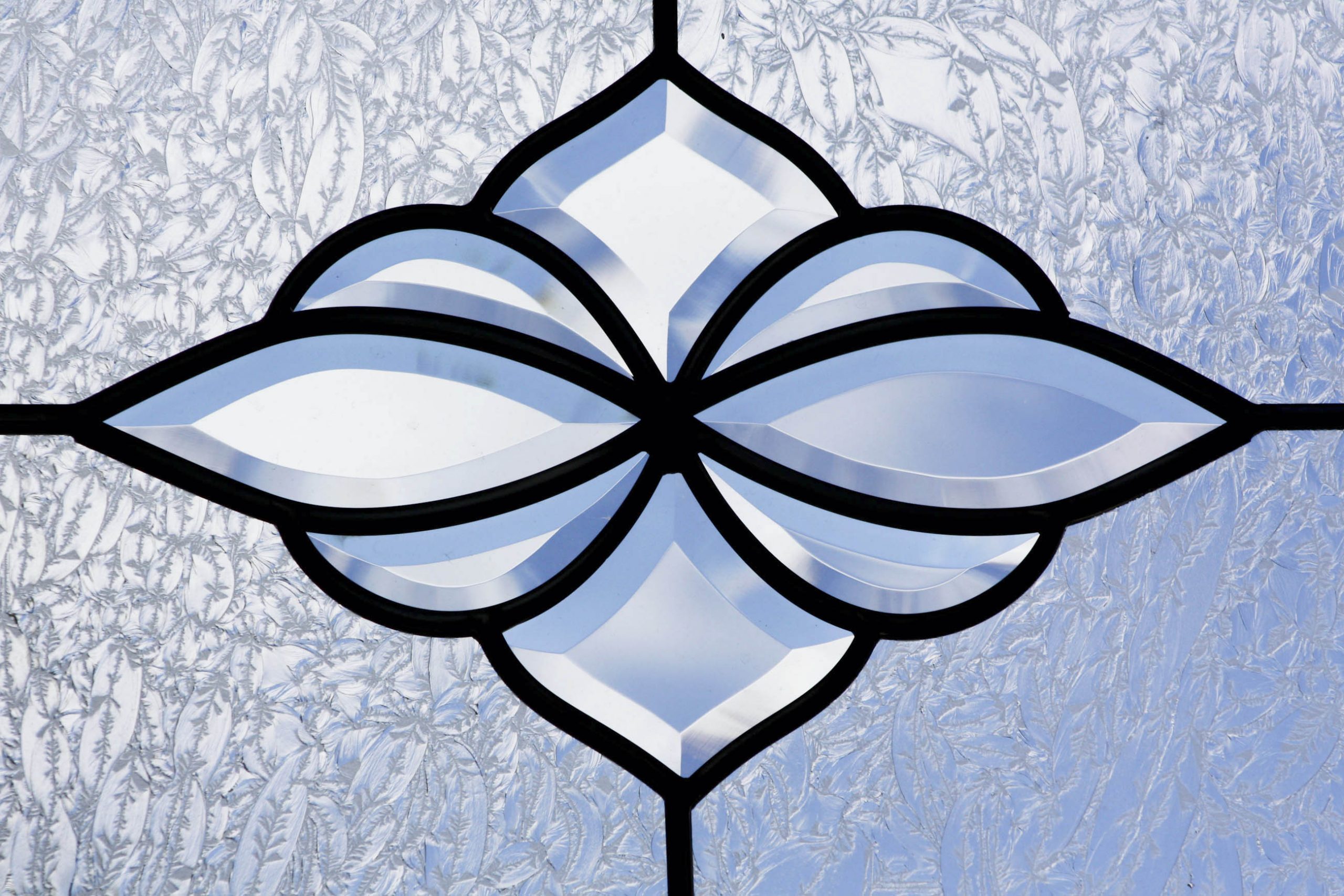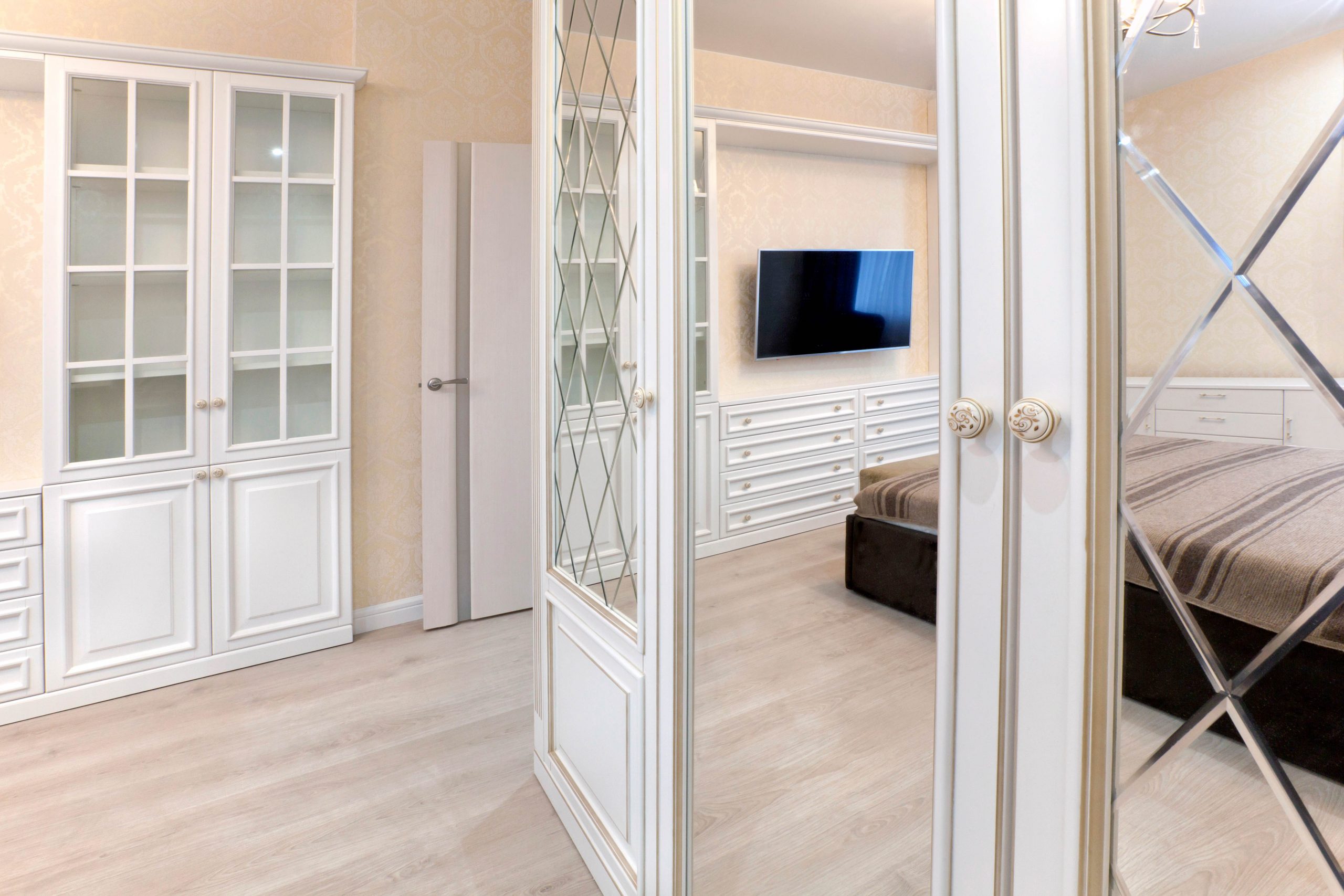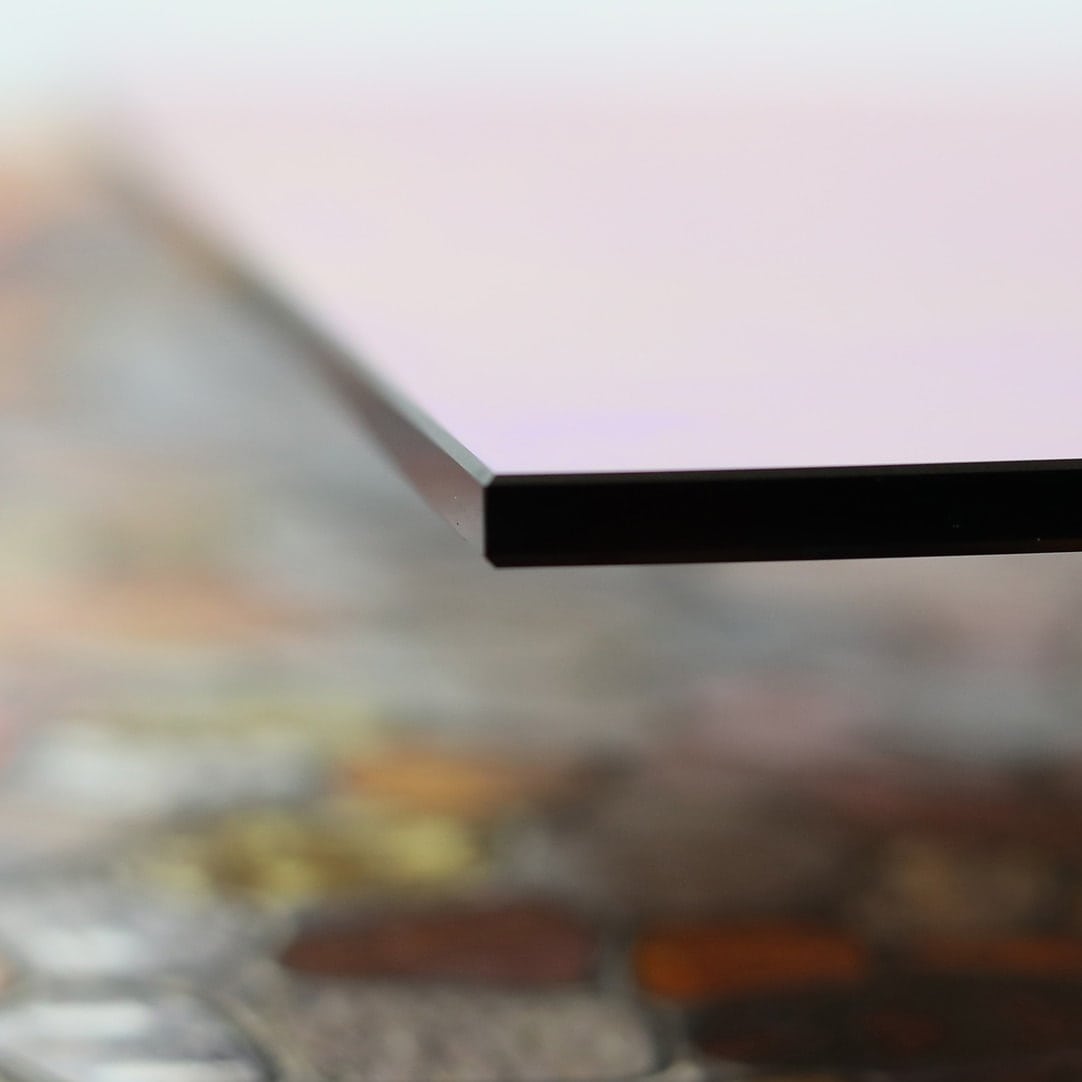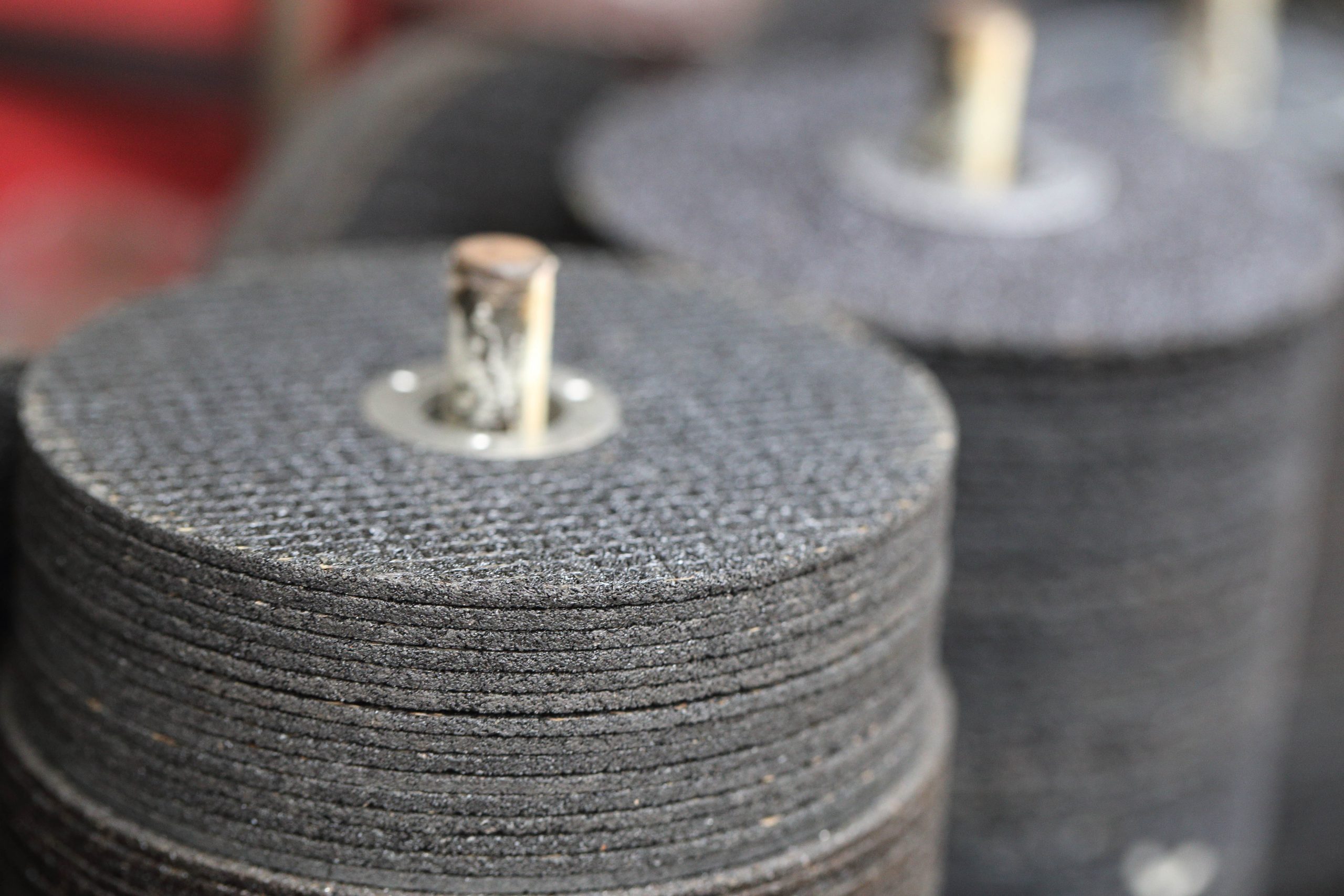There are multiple types of glass edgework:
- Seamed
- Polished
- Beveled
Glass edgework is the process of sanding the edges of the glass to finalize the piece.
There are multiple reasons why you might want to consider different types of glass edgework.
For example: if you want a decorative piece of glass to display throughout your home, then you would want either polished or beveled edges.
Having the glass polished or beveled on the ends really makes a difference! It’s a detail that you can easily add to your home to give it a clean, elegant vibe.
You might be wondering: how do I know what polish is best to use?
You can base the edgework that you need off of your project!
For example: If the glass in your project is simply going in a frame, or will have some type of border that hides the edges, then seamed edges are great for the cheapest option.
As for projects that have the edges of the glass showing, incorporating polished or beveled edges are the best option. This is due to the ends of the glass being shown in the display.
For example: If you are refurnishing a glass cabinet, then you would use a polished or beveled edge to beautify the ends of the glass to capture the overall image.
Applications:

- Glass/Mirror Art
- Safety
- Statement Pieces
- Additional Privacy
- Bathroom Mirrors
Types of Glass Edgework
Unfinished edges in glass are dangerously sharp, so glass is usually sanded before being sold for safety purposes. We offer:
- Seamed
- Polished
- Beveled
Seamed
A standard sanded edge is also referred to as a “seamed” edge.
A seamed edge can often have small defects along the edge, which does not affect safety but can certainly affect the beauty of the glass.
Seamed edges are normally the cheapest option. So, if you are looking for a safe and cheap option, the seamed edges are the most helpful.
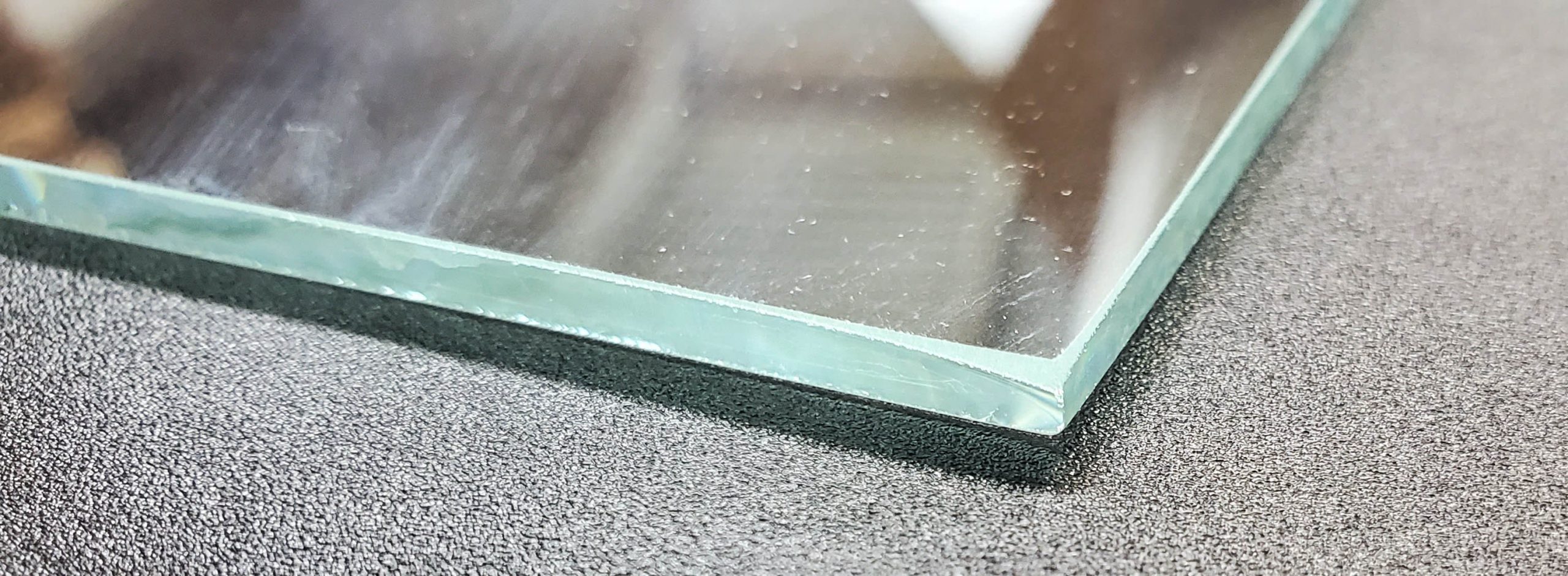
Seamed edges are perfect for projects where the glass will be framed, so the edge isn’t visible due to the frame.
When the glass is going to be framed, the edge work doesn’t matter because the edges are hidden by the frame.
These edges can have “chipping”, or have the corners sanded over which doesn’t give it the perfect finish.
If you are wanting a more luxury or elegant design and effect, then you will want your glass to be polished or beveled.
However: If you’re simply looking for a quick and inexpensive DIY project, seamed edges will get the job done!
Polished
A flat polish has a flat, clear edge, and two chamfers, also known as an “aris.” It’s a contemporary look that’s extremely popular in bathroom vanities and tabletops.
Flat edge polishes create a clean and clear polished end.
To create this effect, the glass runs through a machine with a belt that removes any unwanted glass chips and helps smooth out the edges.
Flat polished glass is common in round and rectangular table tops, display cases, and frameless bathroom vanities.
A flat polish offers a sleek appearance that has a glossy look.
It is also common if you want to show off the thickness of the glass in a beautiful way.
Having polished glass improves safe-handling. Seamed edges are sanded for safety, but they can still have a slight sharpness on the corners. Polished glass removes all sharp edges completely.
If you will be using the glass for any type of photography, display, or art project then polished edges is the best option to use.
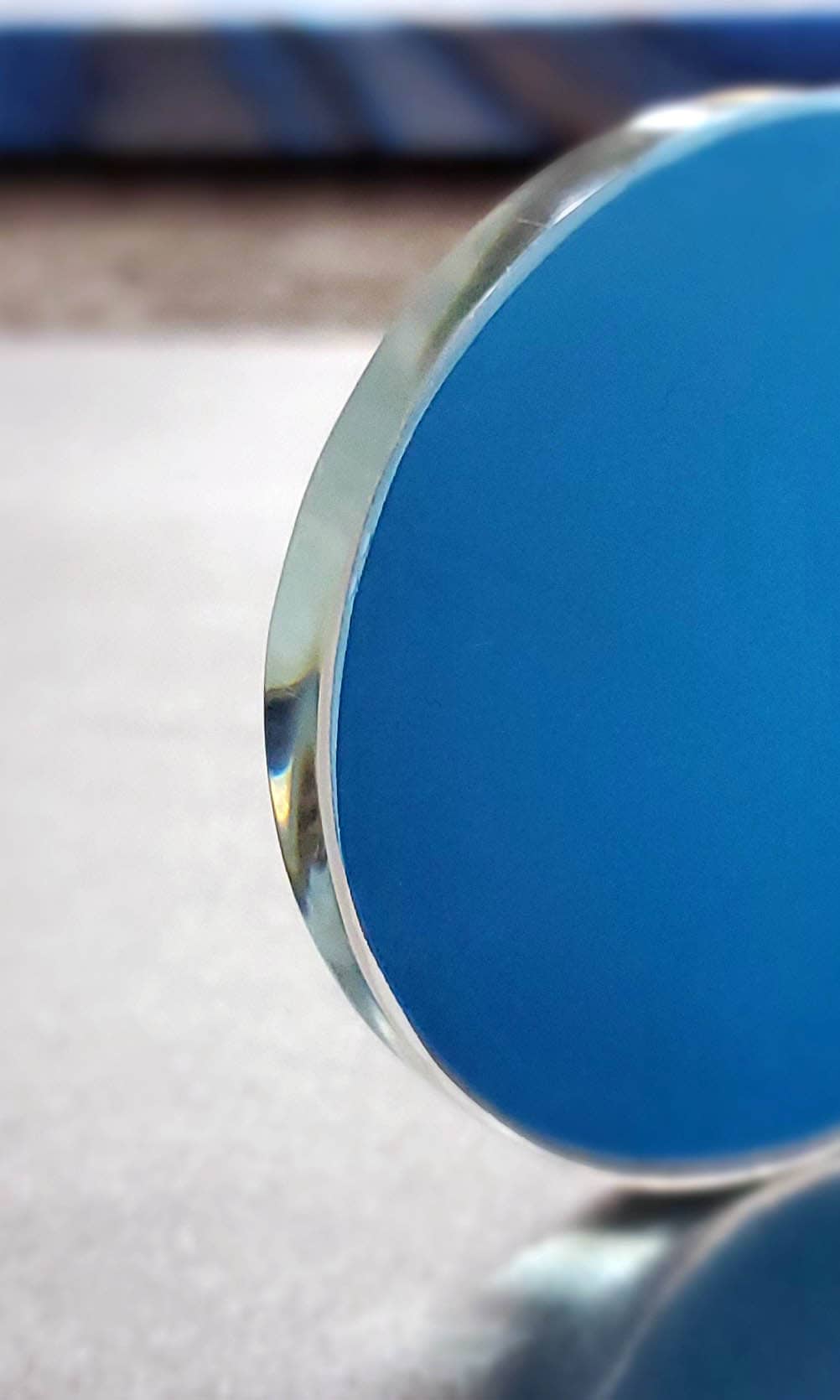
Pencil Polished
An alternative to the flat polish is a pencil polish, which has a clear rounded corner, similar to that of a pencil eraser.
It’s also known as a “weber, crown, semi round, half-moon, or diamond.” It’s extremely common to find pencil polished glass shelves, circular tabletops, and car door windows.
The pencil polished glass is great if you need extra safety. The edges are rounded, so there is a very little chance of getting cut by the glass.
As you can see, the edges of the pencil polished glass looks similar to the C-shape of a pencil eraser.
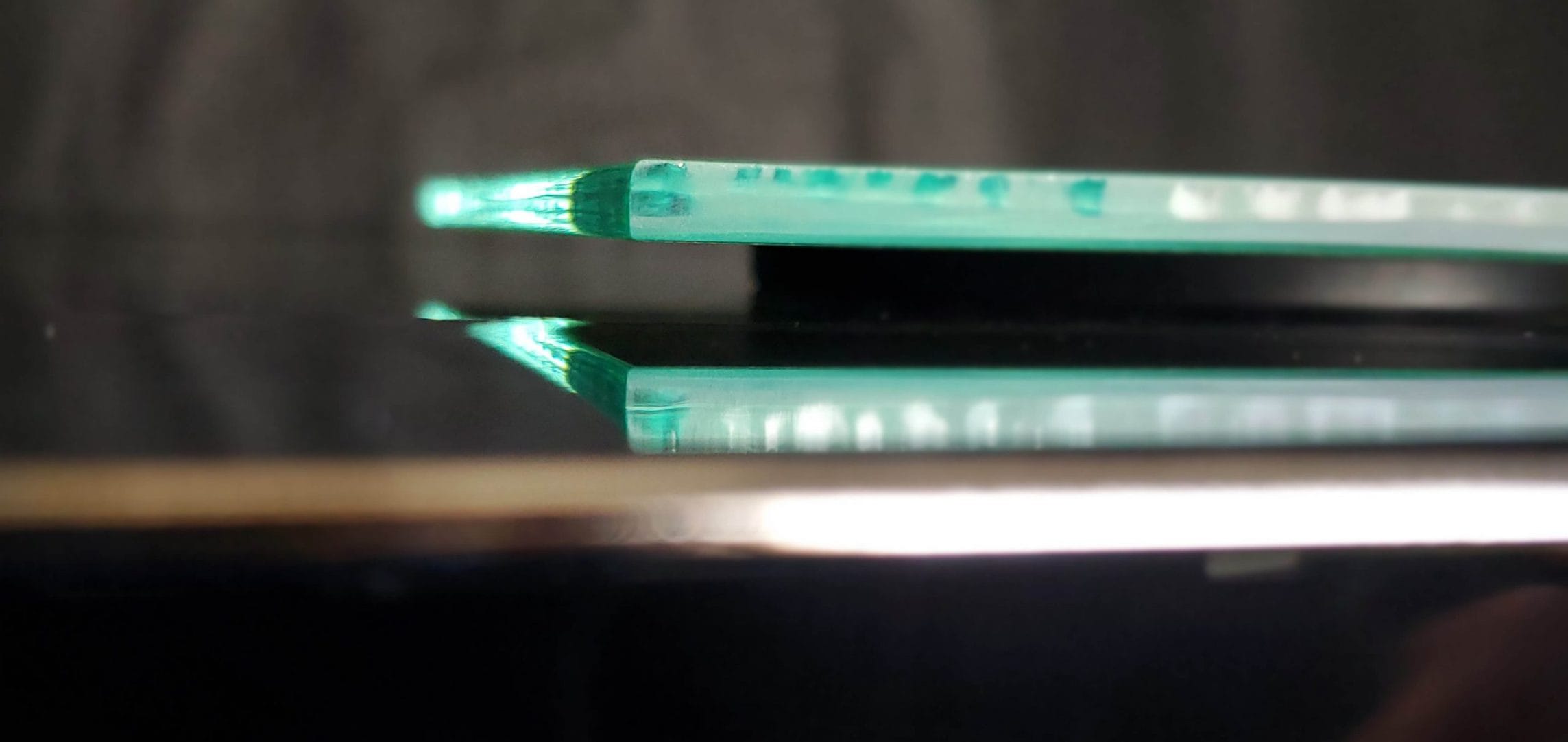
Beveled
Another type of polished edge is a beveled edge. A beveled edge adds style to your glass or mirror by grinding and polishing the edge at a 45 degree angle.
It’s common to find beveled glass on tabletops, counters, doors, and framed and frameless mirrors.
It’s also known as a Mitered bevel, and the distance the bevel can travel into the glass is dependent on the thickness of the glass, often ¼” (6mm).
It’s ideal for both framed and frameless mirrors to add elegance to your décor.

A bevel is created with multiple wheels grinding on the glass until it slowly gets finer towards the end.
A beveled edge can have its edges cut and polished to a precise angle for a more custom look for your specific design.
How Do You Finish The Edges of Glass?
Glass edgework is an intricate process that needs both the right equipment and experience.
Belt Sander
For example, you will need to start with a C120 belt. The material is rough enough to remove the sharp edges from the glass.
Then, once all the edges are sanded to where they are safe to handle, you use the C320 sander belt. The material on this belt is smoother than the C120. The purpose of this belt is to even out the sanded material. You will need to sand ALL parts of the edge with this belt until it is one solid color and texture.
Finally, you will move on to the cork belt. This is the belt that will polish the glass. You will need to sand the edges evenly during this process. Make sure you cover all areas.
How Do I Make My Glass Edges Not Sharp?
By sanding the glass using the wet sander, or even a hand-held sanding block, you can make the edges not sharp by sanding at a 45 degree angle.
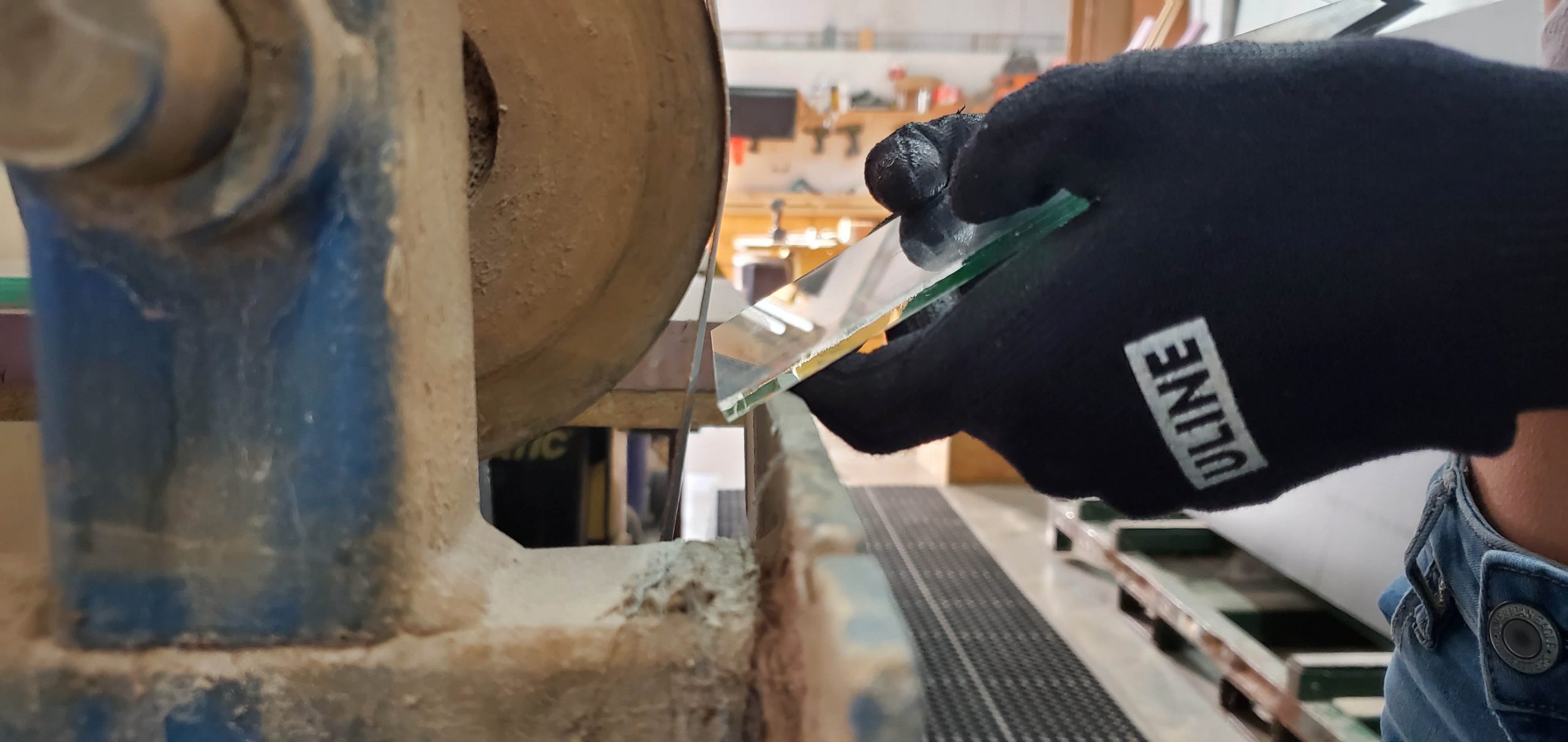
Article Author: Hannah
Twowaymirrors.com


